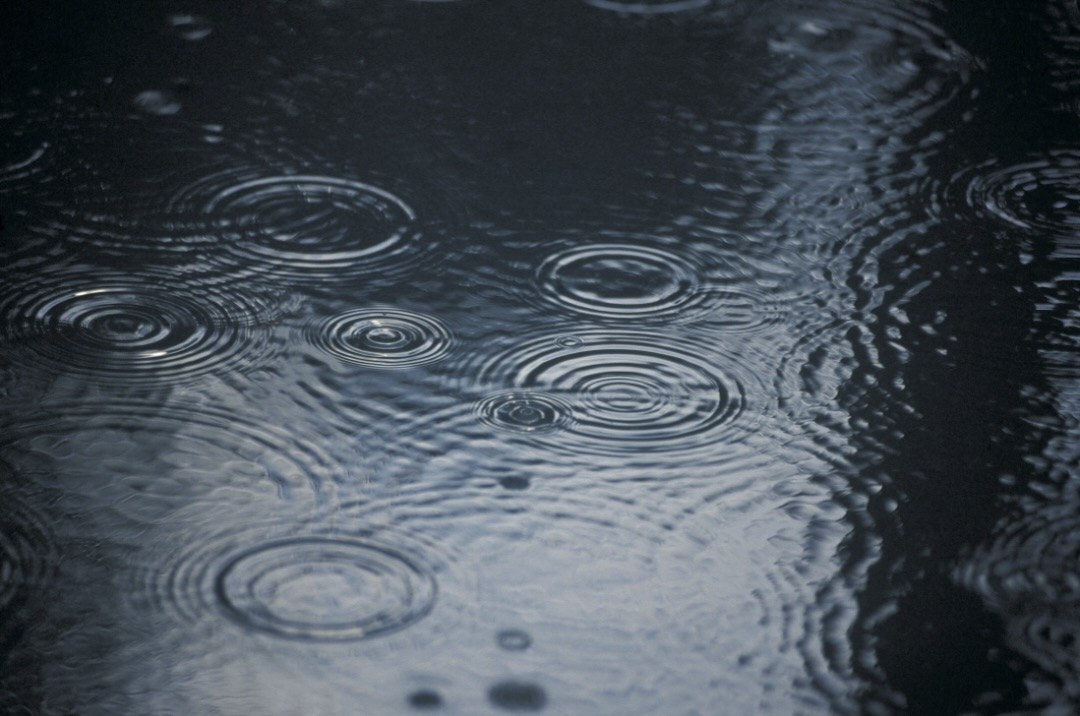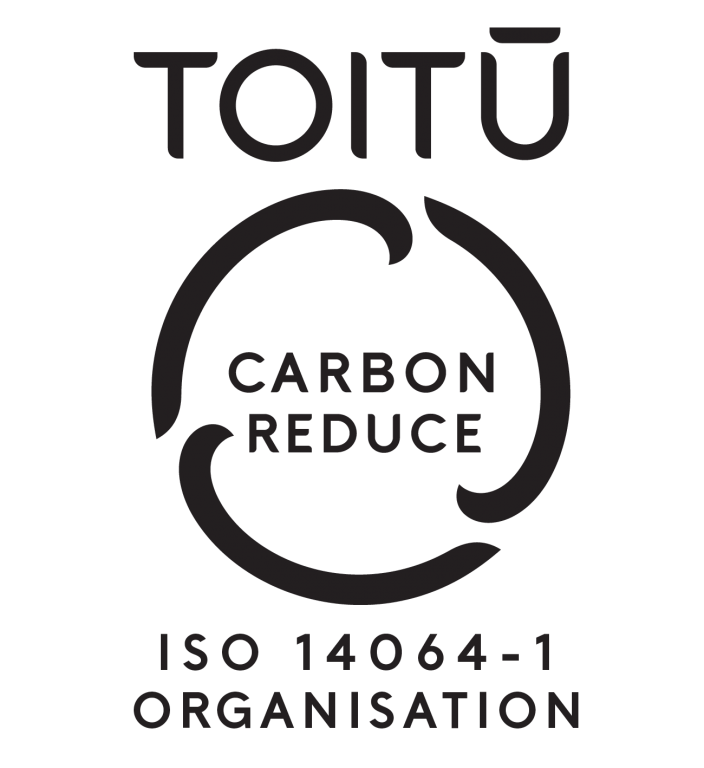When managed properly, stormwater can be a great asset and re-used to benefit ecosystems.
But when not managed properly, the consequences can be harmful to property and the environment.
Let’s start at the beginning: What is stormwater?
Stormwater is the runoff of water from urban surfaces, such as roofs and roads, which is generated by rainfall and melting snow. Stormwater is carried away by drains, into an underground pipe network and then out into local waterways (lakes, rivers and coastal).
Unlike wastewater, stormwater isn’t often treated before its discharged into waterways. Along the way, it can pick up other contaminants, sediments and chemicals which can also make their way into water.
Why can poorly managed stormwater be an issue?
As land is cleared and soil compacted for towns and cities to grow, materials used such as roofing, asphalt and concrete, don’t absorb water as well as grass and forests. Increased human activity, particularly from industry and traffic, leads to a build-up of sediments and contaminants which are then washed away in rainfall, and into waterways via stormwater systems.
When sediment runs off into waterways, they can accumulate at openings such as estuaries and harbours and affect the ecological health of the water. Sediment accumulation can also contribute to erosion, contamination, increased flood and overflow risks in areas where stormwater and wastewater is combined.
The importance of innovative and effective stormwater systems
Culturally, water is of great importance to New Zealanders and is one of our most precious resources.
As an industry, planners, alongside local councils and government, are committed to planning the development of New Zealand’s cities and towns in a way that protects the health of our waterways and the social and cultural importance they have in our communities. This includes the design and implementation of innovative and effective stormwater systems which can help reduce the risk of flooding, save costs, and help keep rivers, lakes and beaches safer for swimming, fishing, and recreational use.
In recent years, focus has shifted towards stormwater management systems that control flows and treat contaminants, as opposed to those designed only for drainage.
There are a wide variety of systems available to suit different requirements, ranging from low impact designs that can be incorporated into the landscape, through to capture and reuse methods and larger, fit-for-purpose systems.
If you’d like to learn more about CKL’s stormwater solutions, please click here to read.





